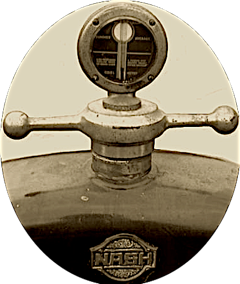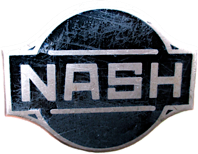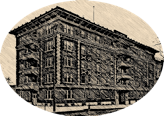
COLORADO HISTORY HAUNTS

The Paramount Apartment Building Story
14th Avenue between Broadway and Lincoln Street - Denver
That’s a 1923 (or 1924) Nash in the picture...
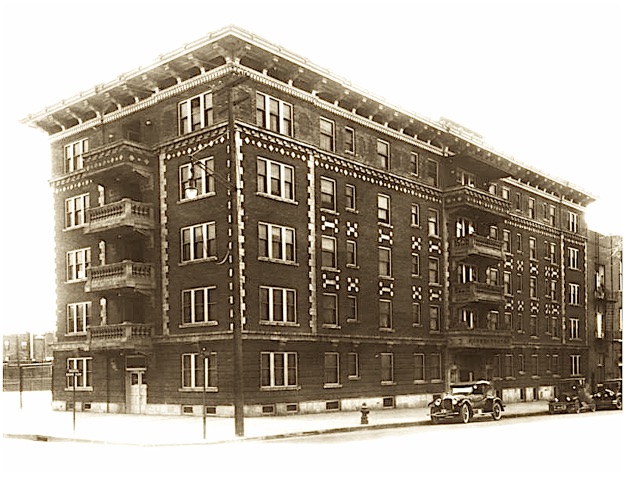
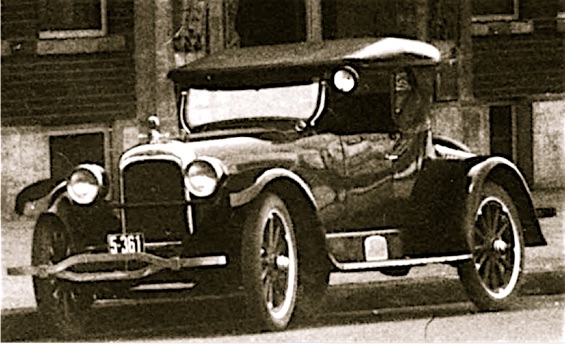
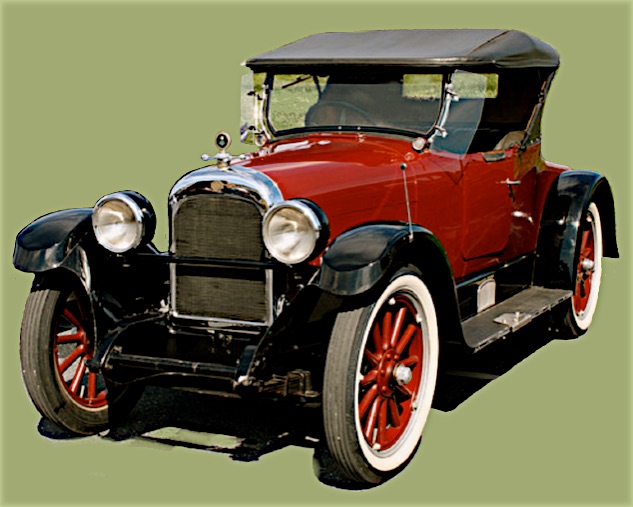
This photo of a restored 1923 Nash also helped to identify the car in the Paramount photo. Quite a few details seem to match, while some do not; search light on the top car, while no bumper and glass wind wings on the car below. But like today, car makers and dealers in the early days offered several options to customize their products and squeeze more money out of their clients. Accessories, however, are not a good indication of make, model or year. For example, bumpers were an on most cars, as were the ‘curb-feeler thingys’ and glass wind-wings shown on the restored car. When this Nash was new, there were also a growing number of aftermarket shops cashing in on the market, selling everything automotive - although the Pep boys were probably still in diapers.
That bumper on the car in front of the Paramount is probably one from the Nash factory or dealer, and seems to match the one on the 1923 Nash 697 Sport Touring 6-cylinder shown below:
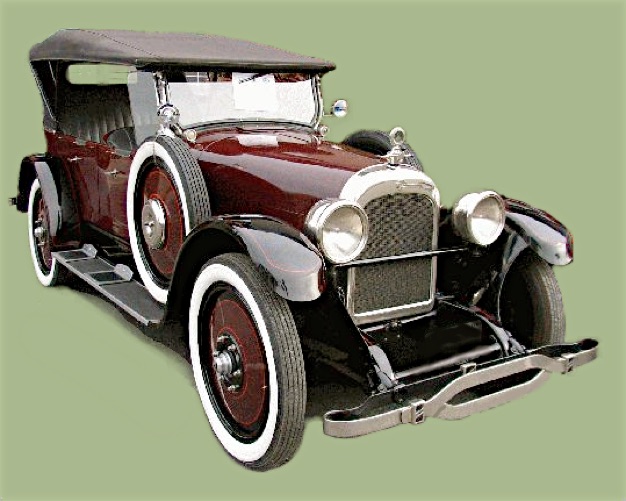

In 1923, the automotive industry in Denver was already big, and growing.
The 1923 Ballenger & Richards Denver Directory lists around 62 automobile dealers, including the James-Nash company, located just a couple blocks down Broadway from the Paramount apartments at 14th and Lincoln. Maybe this Nash was owned by one of the tenants at the Paramount, and perhaps they bought their car from the James-Nash dealership?
Rambler Bicycles led to Nash Cars
Thanks to the Nash Car Club of America (NCCA) for their help in identifying the beautiful brand-new-looking automobile in this photo as a 1923, maybe 1924, Nash Roadster, based on the very limited information provided by the image.
Another clue for dating the photo is the license plate. Back then, Colorado issued a new plate every year that had a distinctively different color combination of letters and background. The plate seen on our Nash appears to be a Colorado plate, however the lower portion with ‘COLO’ and the year issued is not visible. There are two other cars in the full-size photo that, when examined, seem to have plates with the ‘COLO’ and an illegible date at the bottom. Assuming the plate was issued in Colorado, then there are four possible years based on the color combination information from the Colorado DMV. According to this site, white letters on dark background plates were used for the years 1923 (black), 1925 (maroon), 1926 (green), and 1927 (black). The numbering on the plate also indicates it is a Colorado plate, because it fits the numbering system for a plate issued in the county of Denver (based on information provided by collector Brian P. Reback’s website.) Based on the evidence, the best guess is that the photo was taken as early as 1923. Without color and sharper images, however, the date will remain a theory with a range between 1923-1925.
Please provide your comments to sdfco@mac.com

You know, it’s not as easy as you’d think to ID an old car based only on a fuzzy picture, even with our wonderful internet resources, because of the huge number of old makes and models. Along with so many other early automobile companies, the Nash company eventually joined an amazing number of has-been car makers, as indicated by the list of defunct automobile manufactures of the United States.
Check this list to see if what you’re driving is on it...
...I’d be kind of thrilled to have any one of these defuncters in my garage !
It seems this bumper is very similar to the bumper shown on a 1921 LaFayette, as shown in a photo on the NCCA site. Not sure if it’s true here, but the early manufacturers (like Willys-Overland) would often use up the parts they had on hand when building their new models and since LaFayette preceded Nash, I guess it is possible. The questions of ‘Is it an original part or not?’ drives restorers crazy. Been there, and yes, I think it did.


